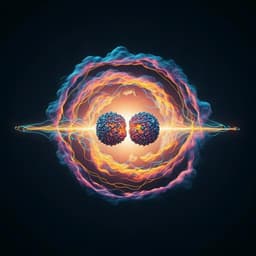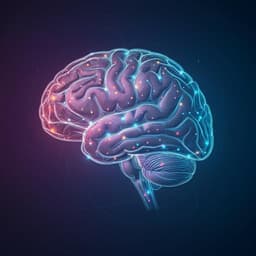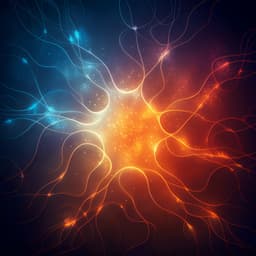
Physics
High-fidelity single-shot readout of single electron spin in diamond with spin-to-charge conversion
Q. Zhang, Y. Guo, et al.
Unlock the secrets of fault-tolerant quantum computing with a groundbreaking spin-to-charge conversion method that enhances single-shot readout fidelity to over 95%. This innovative research, conducted by Qi Zhang, Yuhang Guo, Wentao Ji, Mengqi Wang, Jun Yin, Fei Kong, Yiheng Lin, Chunming Yin, Fazhan Shi, Ya Wang, and Jiangfeng Du, utilizes near-infrared light to minimize spin-flip errors and holds tremendous promise for future quantum technologies.
~3 min • Beginner • English
Related Publications
Explore these studies to deepen your understanding of the subject.







